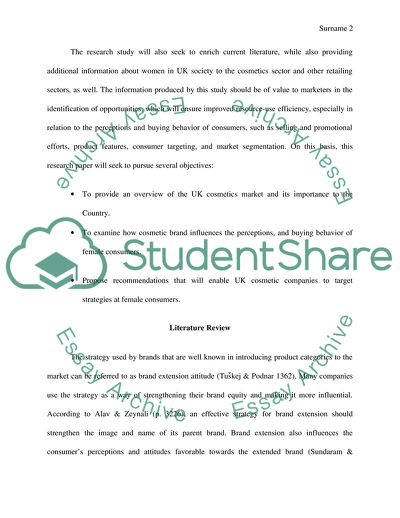Cite this document
(The impact of cosmetic brands toward female consumers' perception and Essay, n.d.)
The impact of cosmetic brands toward female consumers' perception and Essay. https://studentshare.org/marketing/1816540-the-impact-of-cosmetic-brands-toward-female-consumers-perception-and-behaviour
The impact of cosmetic brands toward female consumers' perception and Essay. https://studentshare.org/marketing/1816540-the-impact-of-cosmetic-brands-toward-female-consumers-perception-and-behaviour
(The Impact of Cosmetic Brands Toward Female consumers' Perception and Essay)
The Impact of Cosmetic Brands Toward Female consumers' Perception and Essay. https://studentshare.org/marketing/1816540-the-impact-of-cosmetic-brands-toward-female-consumers-perception-and-behaviour.
The Impact of Cosmetic Brands Toward Female consumers' Perception and Essay. https://studentshare.org/marketing/1816540-the-impact-of-cosmetic-brands-toward-female-consumers-perception-and-behaviour.
“The Impact of Cosmetic Brands Toward Female consumers' Perception and Essay”. https://studentshare.org/marketing/1816540-the-impact-of-cosmetic-brands-toward-female-consumers-perception-and-behaviour.


